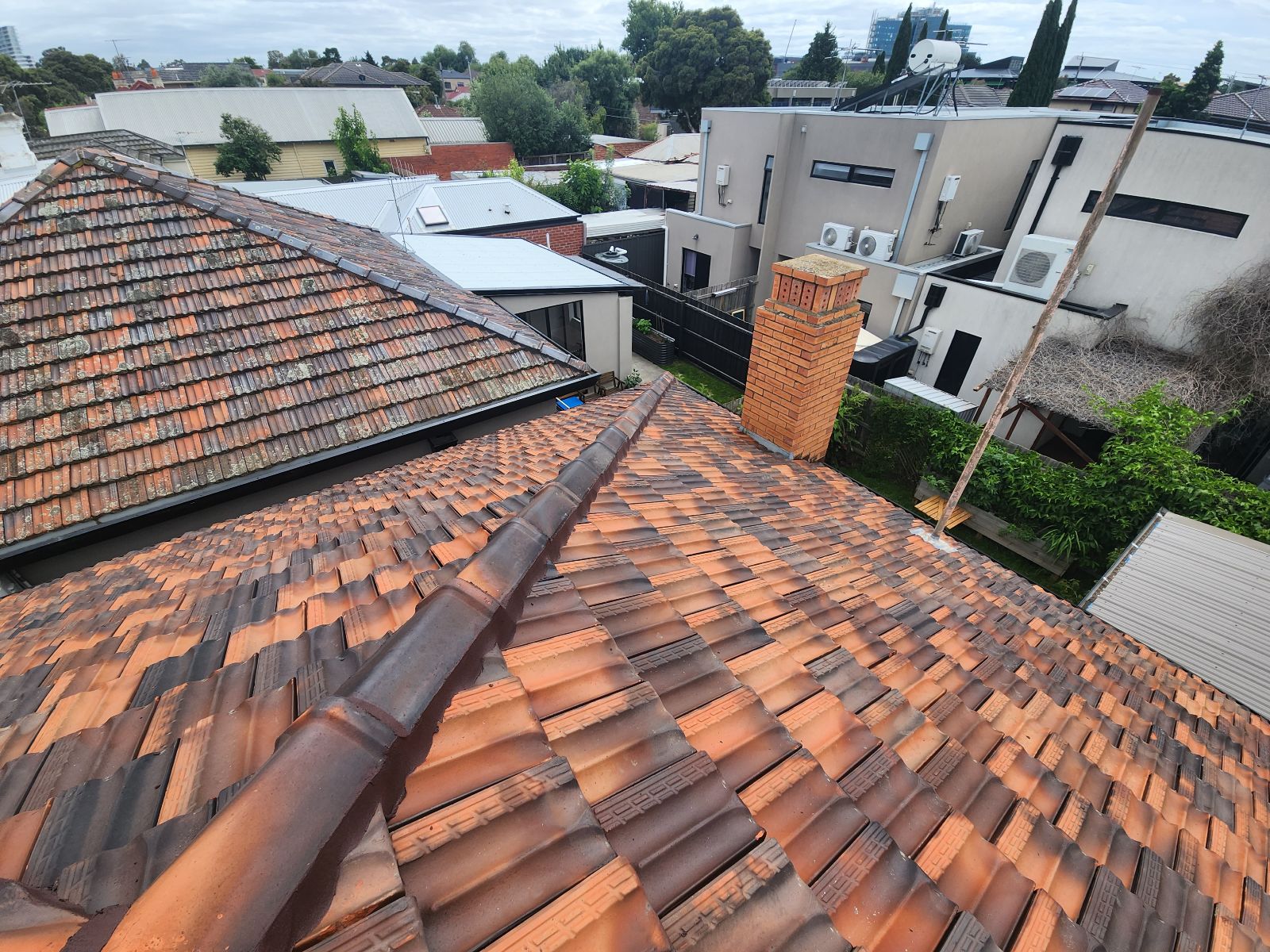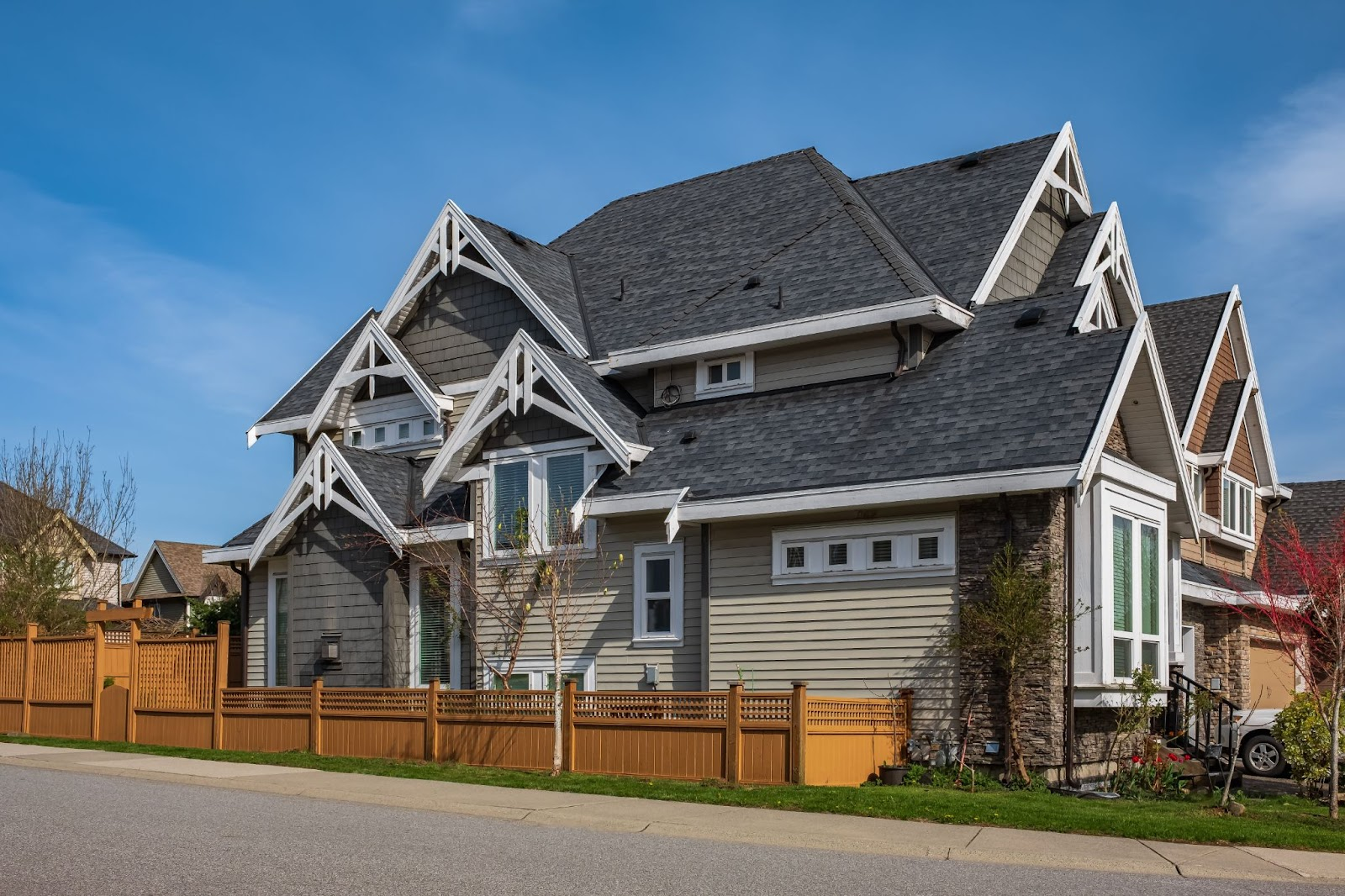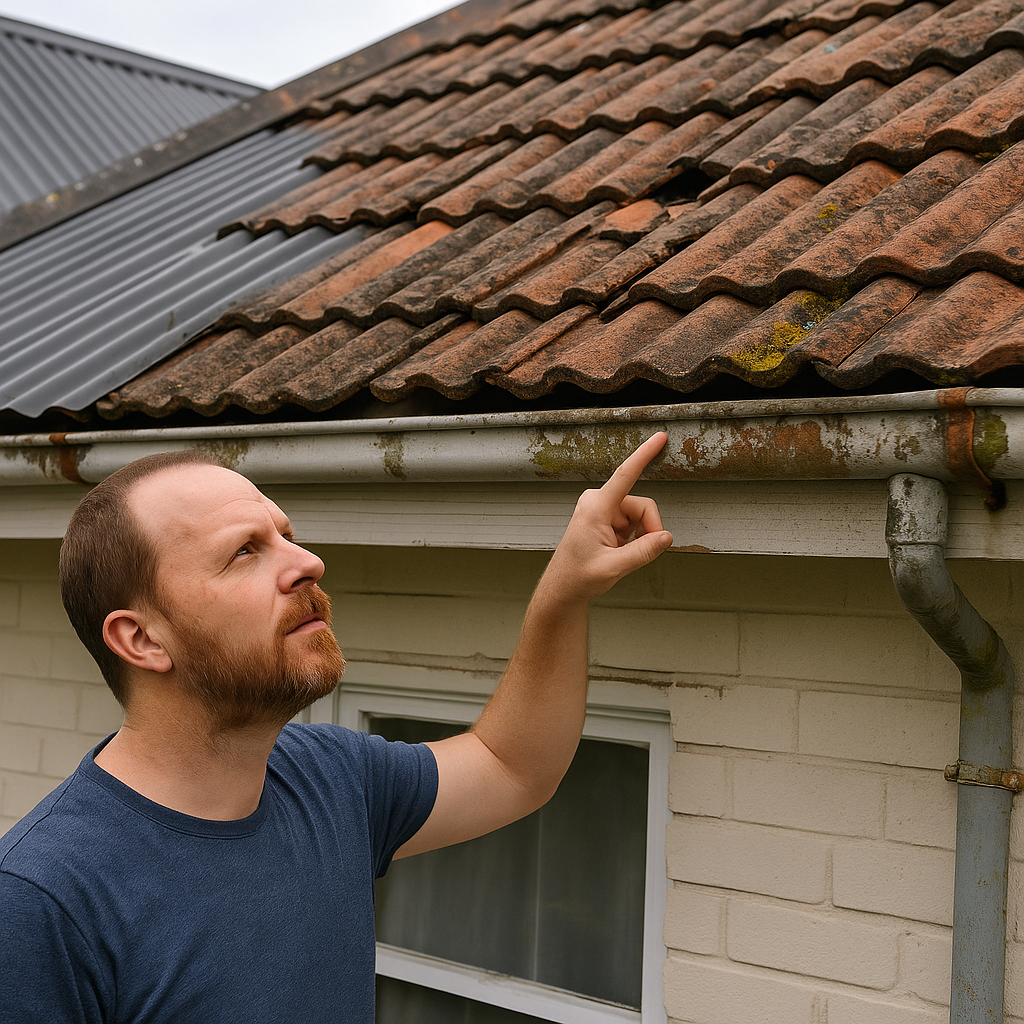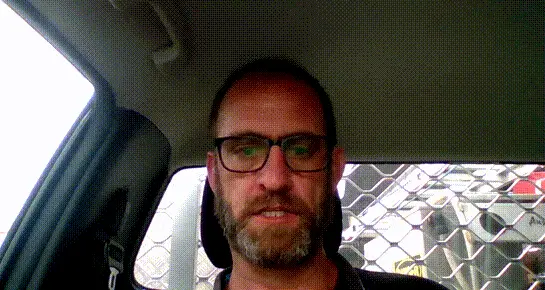
To receive your discount please fill in your details below.
It warms our hearts to see our valued HEROES being taken care off.





Melbourne’s weather has a bit of a reputation. Four seasons in a day? You bet. Gorgeous sunshine turns to sideways rain in a blink. And your poor roof? It’s bearing the brunt of it all.
You might not think twice about what’s overhead until something starts dripping, sagging, or worse, collapsing. But here’s the thing: weather damage doesn’t always show up with a bang. Often, it creeps in quietly, then hits you with a repair bill when you least expect it.
So, what’s Melbourne’s weather really doing to your roof? And how do you stay one step ahead without needing a ladder and a roofer’s license? Let’s break it down.
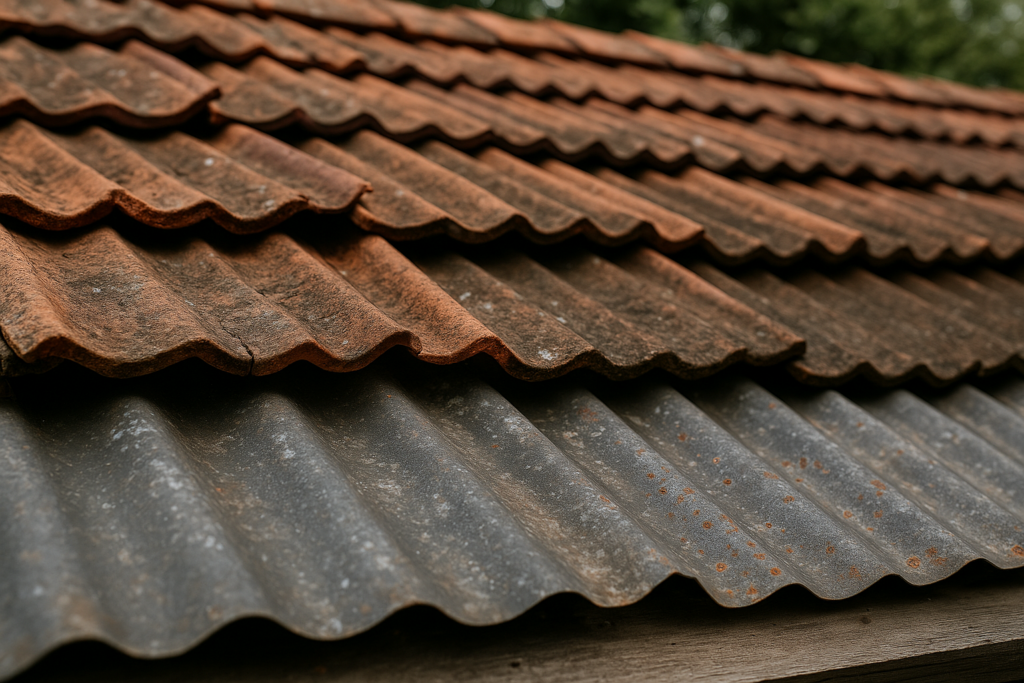
Roofs age. It’s inevitable. But like that one mate who still plays footy like he’s 25, a roof can look fine until it suddenly doesn’t.
Even without a major weather event, your roof’s taking daily hits:
Add Melbourne’s unpredictable microclimates, and you’ve got a recipe for subtle, cumulative damage.
What to watch for:
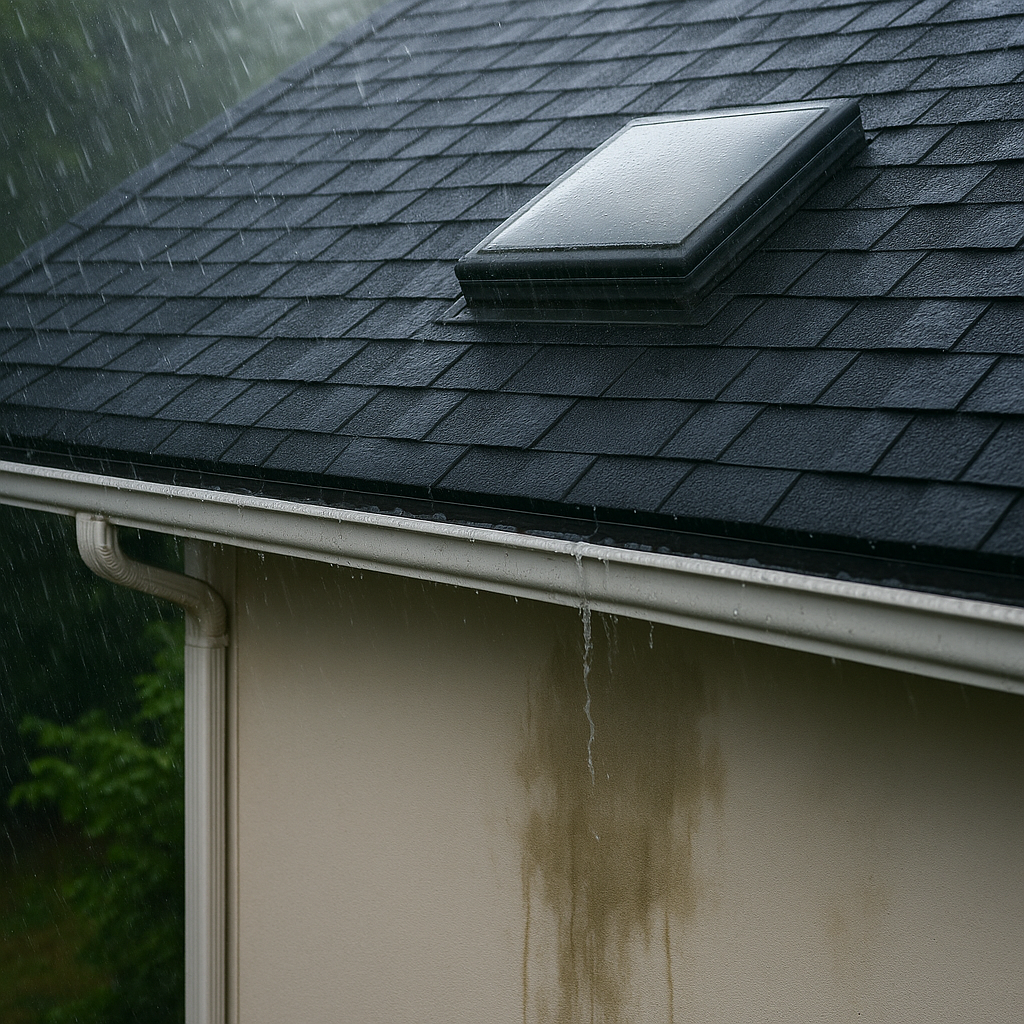
Melbourne gets plenty of rain especially in storm season. And while a little water’s great for your garden, pooling rainwater on your roof? Not so much.
Here’s where it gets tricky.
Water doesn’t need a gaping hole to get in.
A tiny separation between tiles or a worn-down seal around your skylight is all it takes. Once inside, it plays the long game causing mould, insulation rot, and eventually ceiling stains or structural damage.
Sneaky signs of trouble:
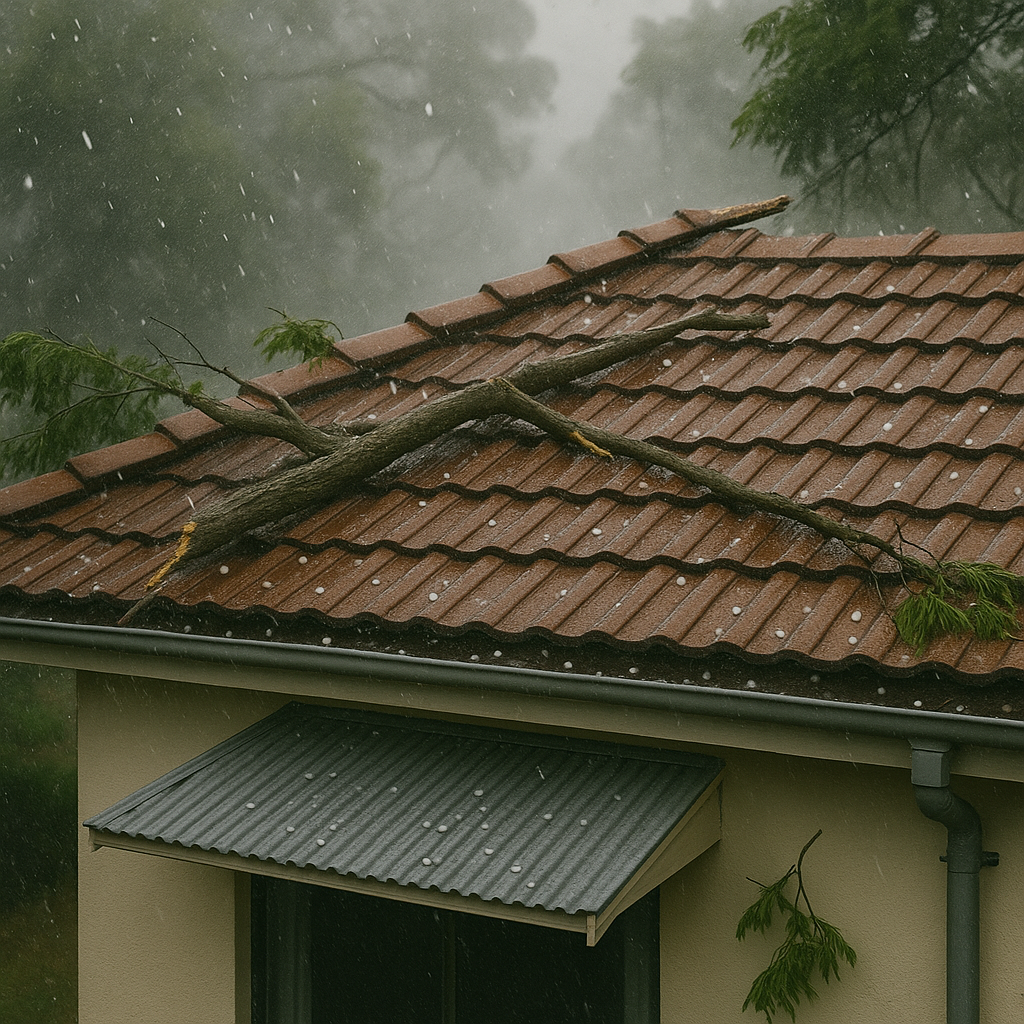
Hail might be rare, but when it hits, it hits hard. Think tiny wrecking balls hammering your metal sheets or shattering tiles. The damage can be cosmetic or structural and you often won’t know until the next rainstorm leaks straight through your ceiling.
Wind’s a different beast. It doesn’t need to blow your roof off to do damage. Even a good gust can:
What matters most? The condition of your roof before the storm. An old, tired roof is far more likely to suffer catastrophic damage than one that’s been maintained.
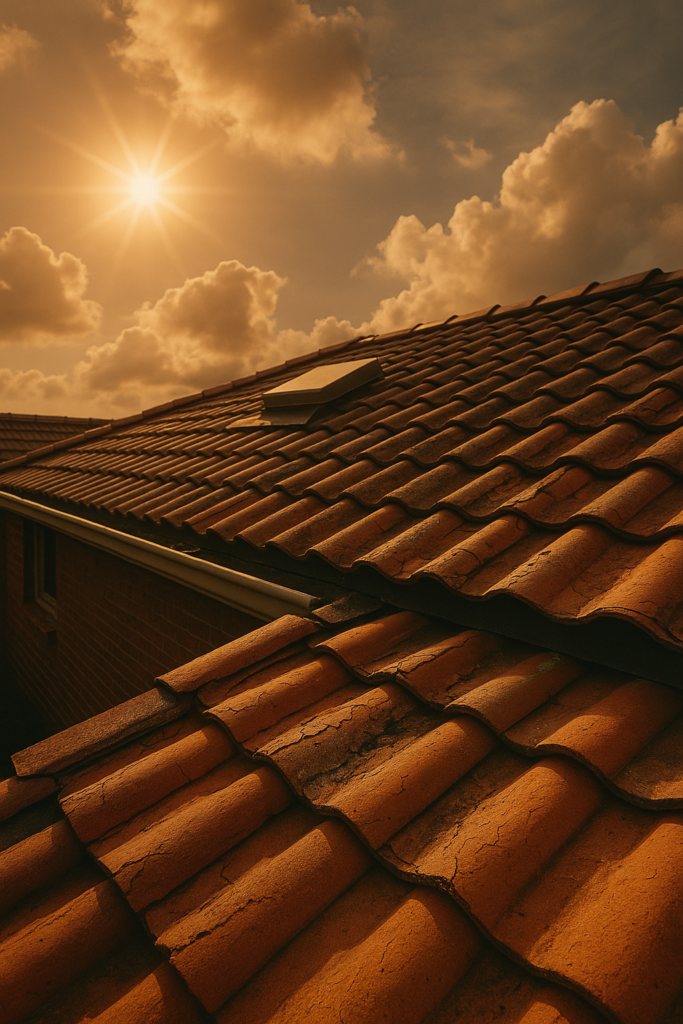
Summers in Melbourne can get brutal. And while we’re reaching for the sunscreen, our roofs are doing their own version of sunburn.
Tiles and metal roofing expand and contract with temperature swings. Over time, this leads to:
Worse still? That heat builds up inside your roof cavity. If you’ve got poor ventilation, it’s like trapping a sauna in your ceiling space. Not only does it shorten the lifespan of your roof materials, but it also:
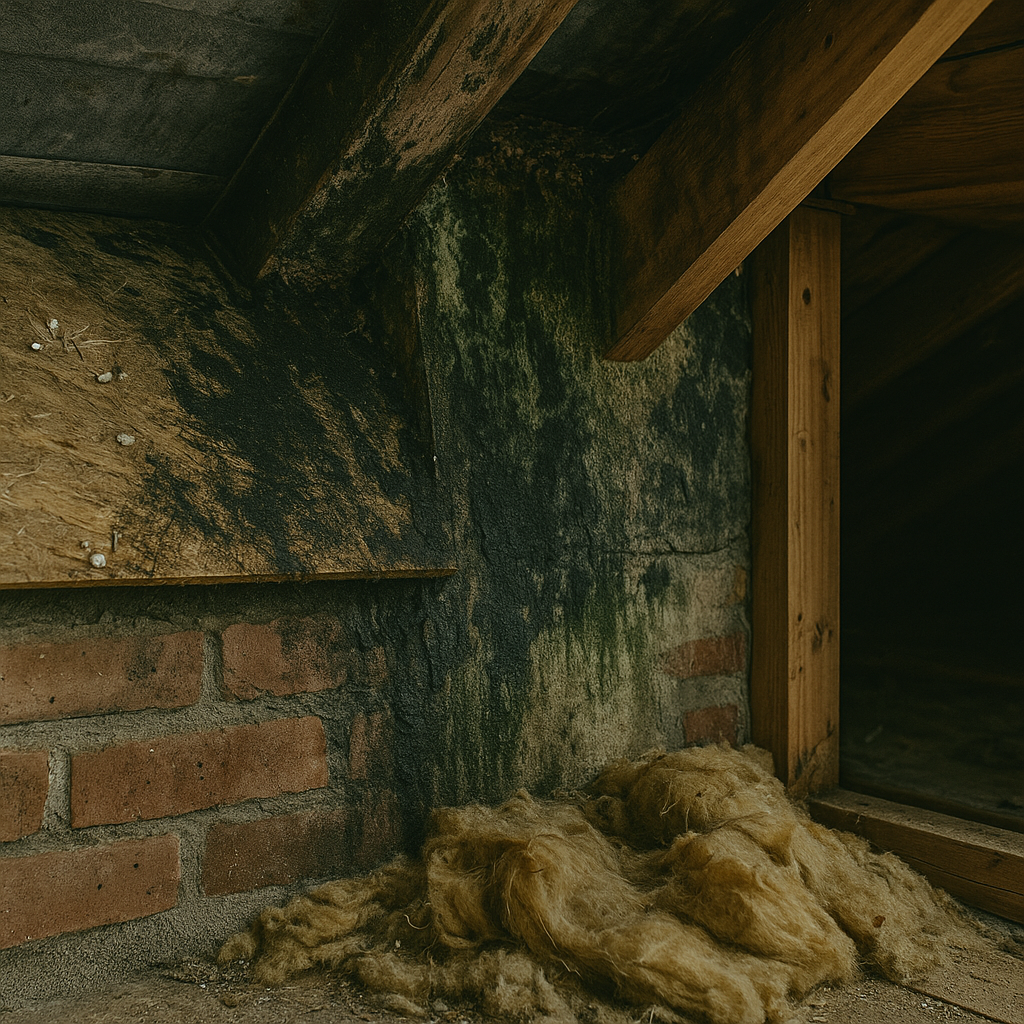
Now, this one’s a quiet destroyer. Melbourne’s coastal location means moisture’s always hanging around. When your roof traps that humidity—whether from poor ventilation or leaks, it creates the perfect conditions for:
And guess what? Most of it happens out of sight until it’s really bad.
You might think winter’s your roof’s ‘resting’ season. Think again.
When outside temps drop and the inside of your home stays warm, condensation forms in your attic. If you don’t have proper ventilation, this moisture can:
In short: what looks like minor dampness could be a major structural issue in the making.
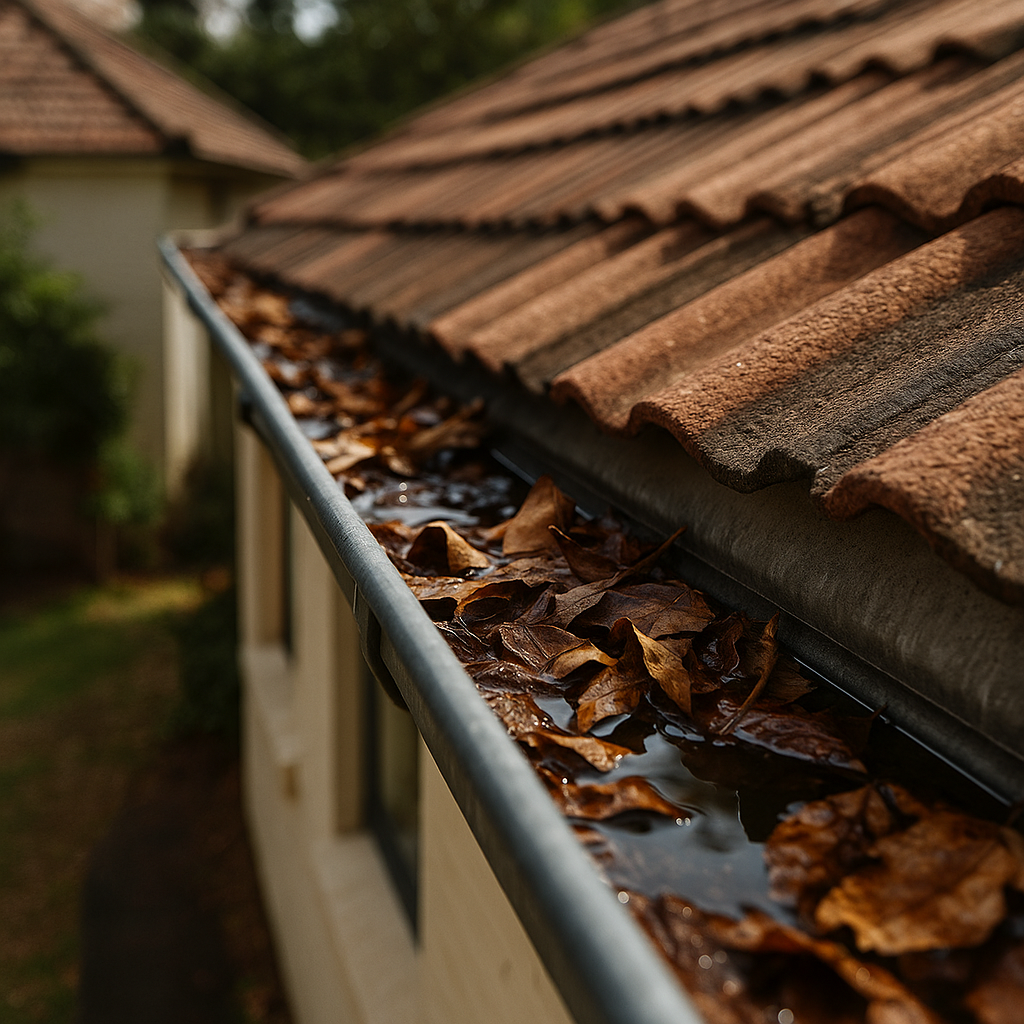
Here’s something people constantly underestimate “gutters.” But these little channels are your roof’s first line of defense during storms.
When they clog, overflow, or detach:
You’d be shocked how many ‘roof problems’ are actually ‘gutter problems’ in disguise.
Simple tip? Gutter guards help. So does a seasonal clean—yes, even if your house is surrounded by evergreens.
Flashing sounds minor, right? Just a thin bit of metal or rubber sealing off edges around chimneys, skylights, and roof joints.
But when that flashing:
…you get leaks in all the worst places—usually the places hardest to notice until they’ve soaked through.
You don’t have to be a roofing expert. But after a storm rolls through, you should:
Not sure what you’re seeing? That’s where we come in, call a professional. Roof inspectors can give you a condition report that’s gold when dealing with insurance or deciding whether you need roof repairs or full replacement.
Let’s get real, our city isn’t known for weather predictability. One suburb gets hail, the next is sunny, and by 4pm it’s raining sideways.
Unique local factors:
So, your maintenance game needs to be sharp and proactive. Just let us know whenever you need roof inspection services in Melbourne.
Short answer? Yes. Long answer? YES, unless you enjoy:
A roof inspection once or twice a year is cheaper than even the smallest repair job. Especially if you catch issues early—like a loose seal or slipped tile—before they become wallet-draining problems.
Think of your roof like a team. Tiles, underlayment, flashing, guttering, insulation—they all need to work together.
When one part fails, the others have to work harder. If left too long, the damage spirals. But with regular checkups and seasonal attention, your roof can easily last decades.
If you’re calling in the pros, don’t just ask for a quote. Ask these:
The right roofer won’t just patch problems, they’ll help you avoid the next one.
